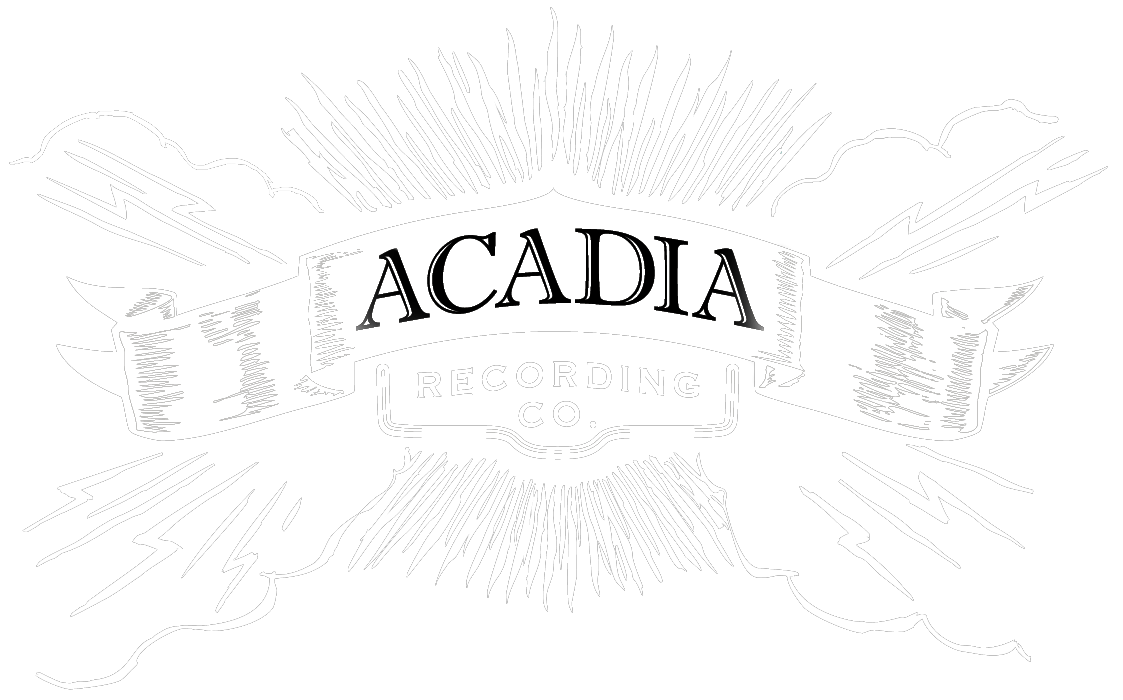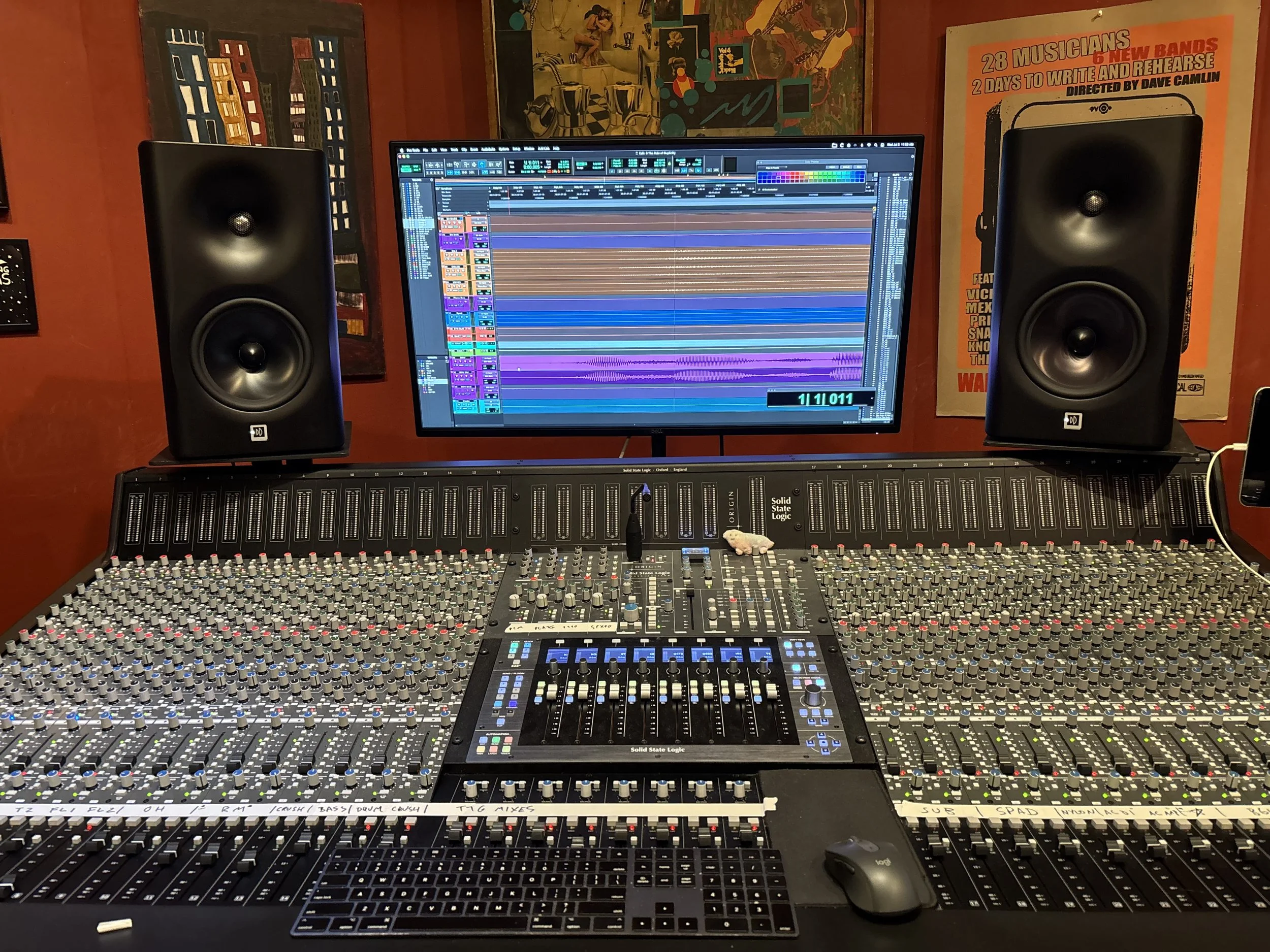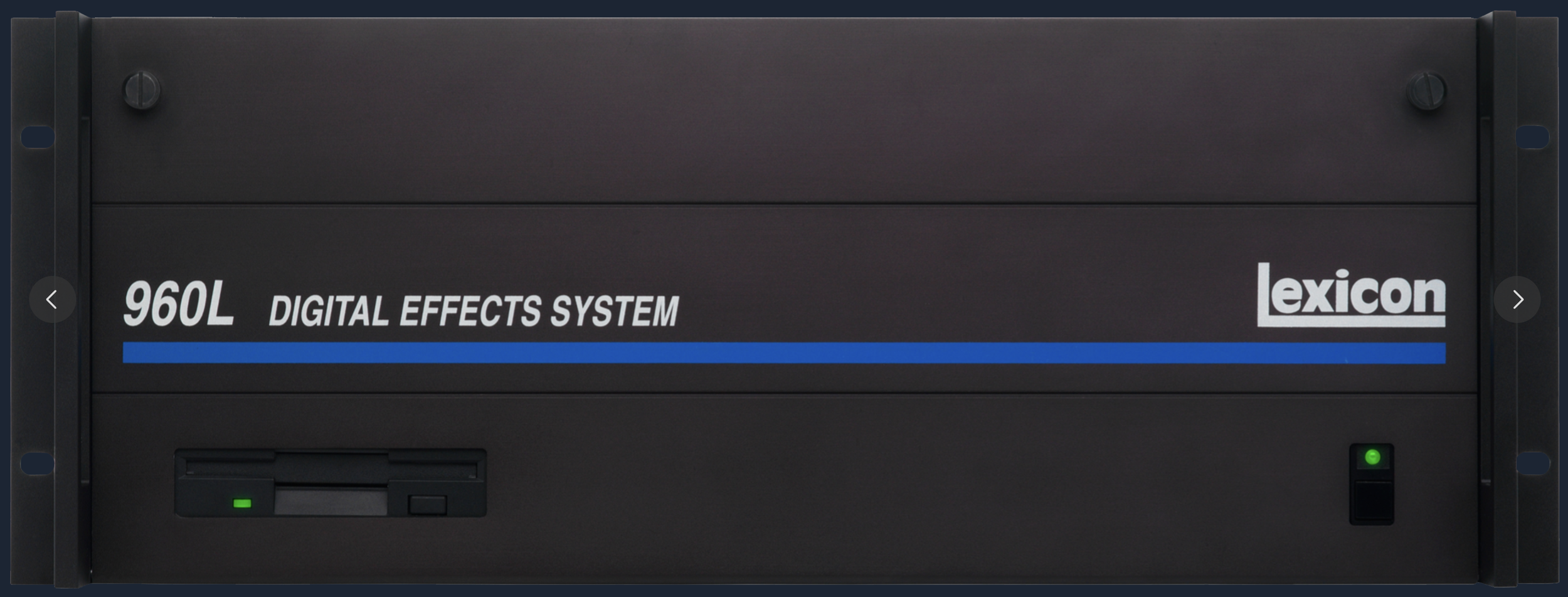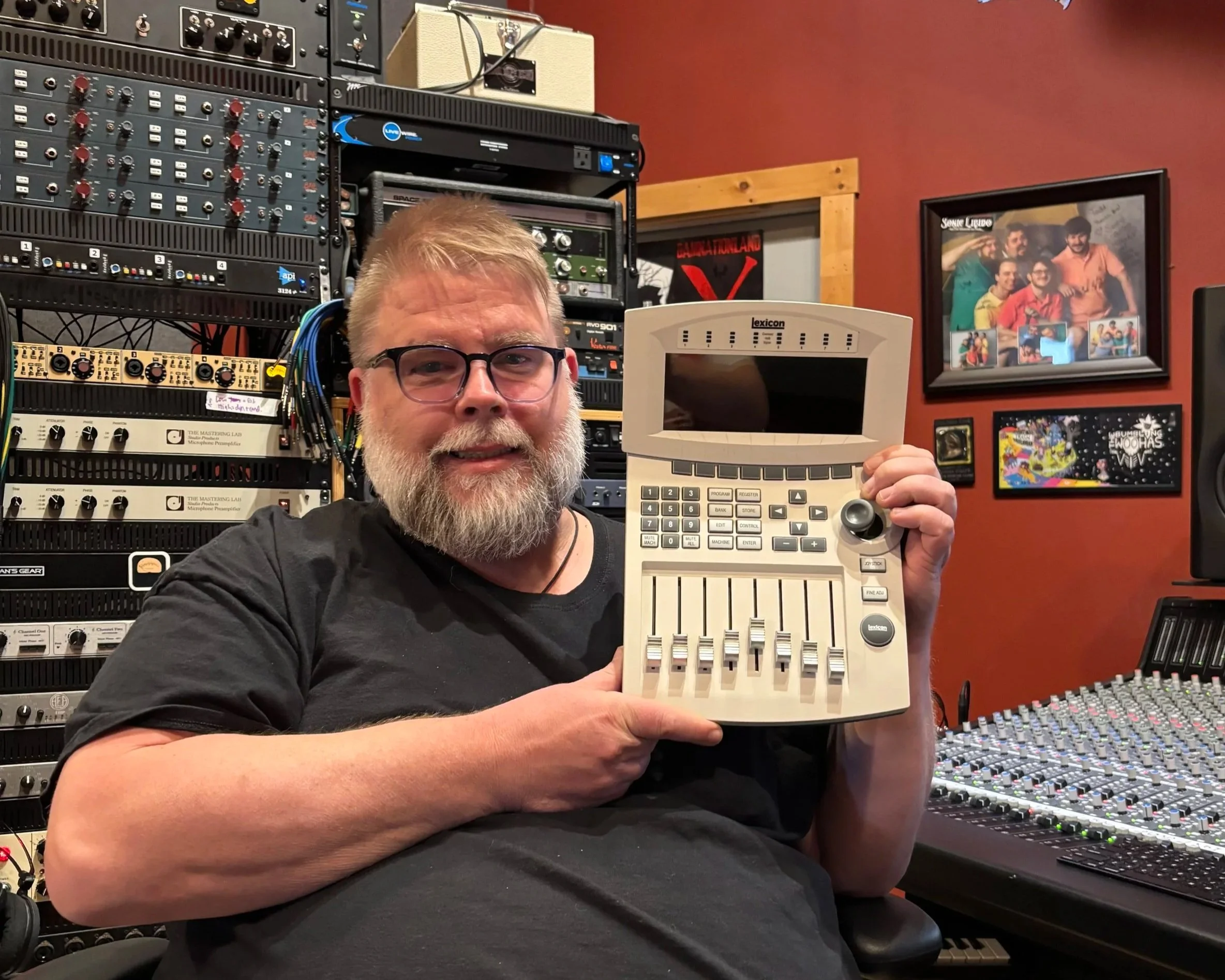Major Upgrades at Acadia
2025 has been a banner year for us here at Acadia Recording: we have been booked solid since January, and as always we reinvest our profits directly back into the studio. We recently made two major game-changing upgrades we’d like to share with you.
New Studio Monitors: Dutch & Dutch 8c
We have tracked and mixed literally thousands of tracks on our trusty ADAM A77x studio monitors, which we’ve had here at the studio since 2018. Combined with an ADAM Sub 7, they have served us admirably - the ribbon tweeters are very forgiving and we could handle extended mix sessions with very little fatigue. However, after upgrading so many other components of our setup we decided it was time to invest in some high-end monitors. Our favorite mastering engineer, Pat Keane of PKM, had purchased a pair of Dutch & Dutch 8cs (D&D) and after several extended listening sessions, we were blown away by the clarity and transparency of these advanced speakers, and knew they would ultimately be our choice when we were ready to upgrade. We listened to our favorite records on them and in many cases we heard things we had never noticed before. You need to hear the ambiance of the guitars in “Back In Black” through the D&Ds- it’s a whole new listening experience!
Dutch & Dutch 8cs sitting proudly above the SSL
The 8cs are controlled digitally, so we can feed the speakers information about the specific dimensions of our control room, which allows them to compensate for any sonic abberations caused by the space. We also have the ability to upload measurements from room analysis software such as Sonorworks or Room EQ Wizard. The design of the D&Ds also features a clever cardioid rear firing subwoofer array. They have two operating modes —an ultra low latency “tracking mode” and a “linear phase eq mode,” which uses advanced DSP technology to accurately time align the speakers. Having all the drivers perfectly aligned to arrive at the listening position at the same time has a remarkable effect, a side benefit being that the low-end sounds the same throughout the room. Some of you may recall that the bass response from the ADAMs had some buildup depending on where you were seated in the control room. When we went to install the D&Ds, we also realized we could continue to use our wonderful Sound Anchor ADJ2 speaker stands —we barely even needed to move them.
If we were to use one word to describe the D&Ds it would be “revealing.” Mixing on these speakers is an absolute joy: it’s so easy to identify and correct areas that need help, and it feels like our SSL’s EQ channels are twice as powerful as before. These speakers have literally reduced our overall time spent mixing! The idea of changing out the ADAMs speakers that we had grown to know so well was a bit intimidating. There was a slightly scary moment when we first installed the new D&Ds, as we simultaneously upgraded our main video screen from on 32” to a 43” Dell Ultrasharp monitor. When we first fired them up, things sounded very strange —the center image was smeared and something was clearly off. Had we just spent a fortune on some speakers that weren’t going to work for us? A little research revealed that the issue was the new screen was blocking the side ports on the speakers! We moved the screen back six inches, completely changed the sound, and now they felt fantastic. Spending over 10K on a pair of speakers is certainly a daunting proposition, but we couldn’t be happier with the results!
And the dream is complete - Lexicon 960L Digital Effects System
the 960L in all it’s glory!
Throughout the 80’s and 90’s, iconic studio photos always featured an enormous SSL console with a ridiculous number of channels. More often than not, sitting on the console’s center section was a little white box with its own screen and faders - the Lexicon LARC (Lexicon Alphanumeric Remote Control). This device was the remote controller for the Lexicon line of Digital Effect Processors —the 224XL, the LX480, and finally the mack daddy of Lexicon boxes, the 960L.
LARC riding shotgun on the SSL 4000G+ at Onkio Haus in Japan
The 960L was the pinnacle of this design. It was essentially a personal computer (complete with hard disk, cd-rom drive for software upgrades and a 3.5” floppy drive) that was wholly dedicated to one thing: stunning reverbs and other ambiance effects. Outfitted with one or two DSP cards, the 960L provided FOUR independent stereo reverb engines per DSP card that could each run simultaneously. The unit was also capable of 5.1 surround mixing, with independent outputs for each surround channel making it the industry standard for post-production houses around the world. The depth and richness of these reverb effects is something that truly must be experienced to appreciate.
Jason got a notice that Reverb had a listing for not one, but TWO 960Ls. They had lived their lives at a public broadcasting station in Kentucky, where they were rarely used. Technically they were 960LDs, meaning they were outfitted with AES digital ins/outs. Optional analog I/O cards were a possible configuration, but often added thousands to the price of used units. We were able to add 16 channels of AES I/O to one of our Lynx Aurora(n) AD/DA converters, providing more than enough connectivity for under $500.
Believe in your dreams kids —they really CAN come true!
Our unit arrived this week, and we set it up in our back machine room (the mainframe itself has pretty noisy fans). After installing the AES card in our Aurora, we were off and running. We have been using various plugin emulations of these sounds for years —UAD, VerbSuite and Relab all make excellent plugin versions of these units— so we were pretty familiar with the operation on what they should sound like. We immediately loaded up Jason’s favorite LX480 patch “Large Wood Room” and boom, there it was! But there was a depth and sense of stereo field we had never experienced before. We tried other favorites: the “non-linear hall” patches were beautifully detailed with intricate tails that went on forever, and the “car park” was stunningly realistic. Thanks to the LARC2 remote, it is very easy to navigate and edit the presets on the fly.
Our next project to to create a “.midman file” —a plain text XML file that allows you to use Protools to set the 960’s engines to the correct programs for each PT session, and even automate the parameters controllable by the LARC’s faders via MIDI CC channels. Some hardcore studio geek stuff right here…
We couldn’t be happier about our purchase. We’re mixing through the SSL (vs in the box) more and more and the sound of classic outboard effects summed through the console undeniably adds a level of width and depth that we could not achieve in-the-box. Hearing is believing!
THANK YOU!!!
As we write these blog posts about our new acquisitions there is often a bit of hesitation around not wanting to come across as bragging or flexing etc. The truth is, despite the fact that we worked our asses off to buy every piece of gear in the place — it is YOU, our amazingly talented and hard-working artists, that make it so we can ALL enjoy these fabulous upgrades. As our capabilities and experience grow over time, so do our artists’ and we all benefit in the end!




